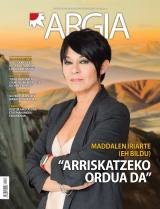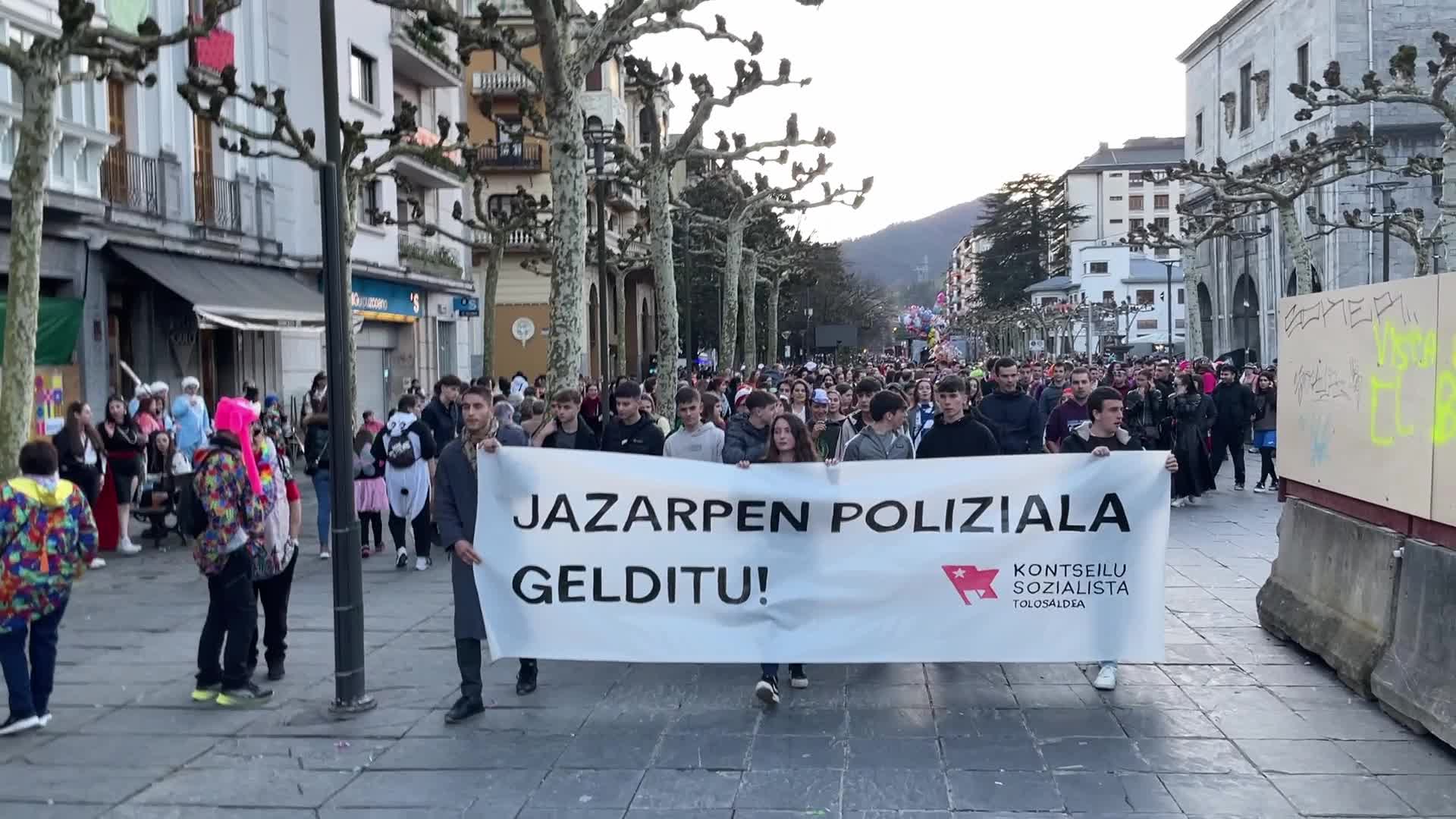Spring without autumn

In the past of the Durango Azoka, the comic book Udaberriari ankerrena (2011) offers us a new way of looking at Durango. Both provide the people from the cultural (Basque) sphere, but the second brings to light their dark history.
After the local and global meanings that the bombing of Gernika has acquired through various artistic manifestations, the rest of the Basque peoples who were destroyed claim their space. In this sense, this work fulfills the characteristics of being a “historical comic book”: being the result of a documentary work prior to the construction of one’s own story (although fiction predominates), a historical preamble made by the Cultural Association Durango 1936 to contextualize the reader, the appearance of factual events/characters, the desire to bear witness, break borders between literary genres and disciplines, etc. In addition, in this type of work there is an attempt to get away from Manichaism, difficult to avoid, and in this role the women appear: not only the narrator Mari, who tells us the story from the first person, but also Aunt Dolores, whose kindness leads to hiding a pro-fascist priest at home.
History is well known, in that sense we know what we can expect and, in fact, to those who know the recent past, the plot can be too simple. However, there are also surprises, contrasts and journeys (literal and metaphorical) that enrich the story. The reader will find joyful music in the midst of war in the comic book The Most Cruel Spring, Old Age and Childhood by Hand, Hatred and Love by Looking At Each Other, Absurdity and Rationality by Pulling Each Other. The paradoxes also unite the different routes of history: Grandpa Eleuterio participated (shamefully) in the Spanish colonial army during the War of Independence of Cuba, and the grandson Martin will have Havana as an escape route to survive.
Also present is the madness of war, personified mainly in Don Fernando. Chaos also appears when the Republican grandfather, fleeing the Requetés, is murdered by a Intxorta gudari. This death increases the cruelty and cruelty of the situation.
It's a great harmony between text and images. This does not, in any case, prevent them from being imposed in a few moments depending on the response sought. The time for the bombing is mute, but the reader is stuck with the aircraft sones and the bombs. On the contrary, there is a narrative game that is released when Mari and his grandfather meet again.
Therefore, this comic book is an interesting proposal to approach a part of our history, especially (in terms of format and history) for the new generations.
Larunbatean pertsona talde batek Tolosaldeako Kontseilu Sozialistako kide bati eraso egin ziola salatu dute. Azaldu dutenez, "faxistei aurre" egin zien propaganda jartzen ari zirela, eta piperbeltz espraiarekin zipriztindu zuten.
Haurdunaldian diren emazte bakartuentzat, harrera-leku bat proposatuko du La Maison des Sept Vallées elkarteak Donibane Lohizunen. Pariseko bikote jabe pribatu baten gogoan sortu zen xedea. Donibane Lohizunen, 2021ean Iturria izeneko etxea erosi eta, bazter bastizetan... [+]













_2.jpg)









